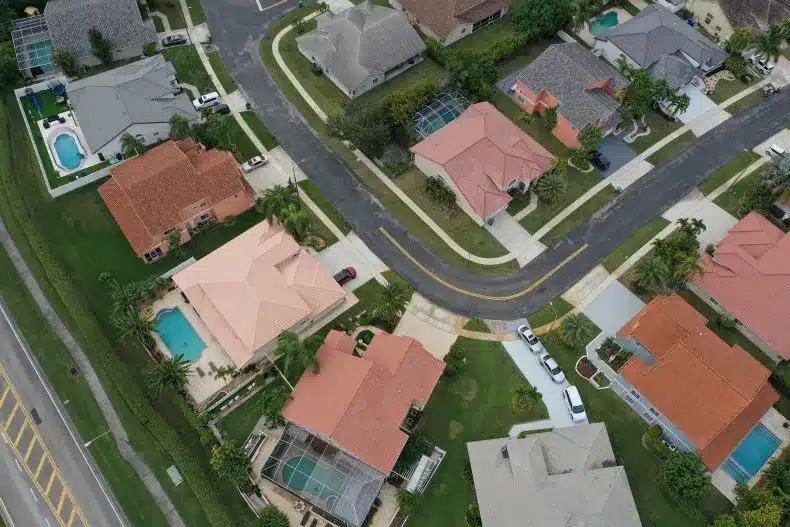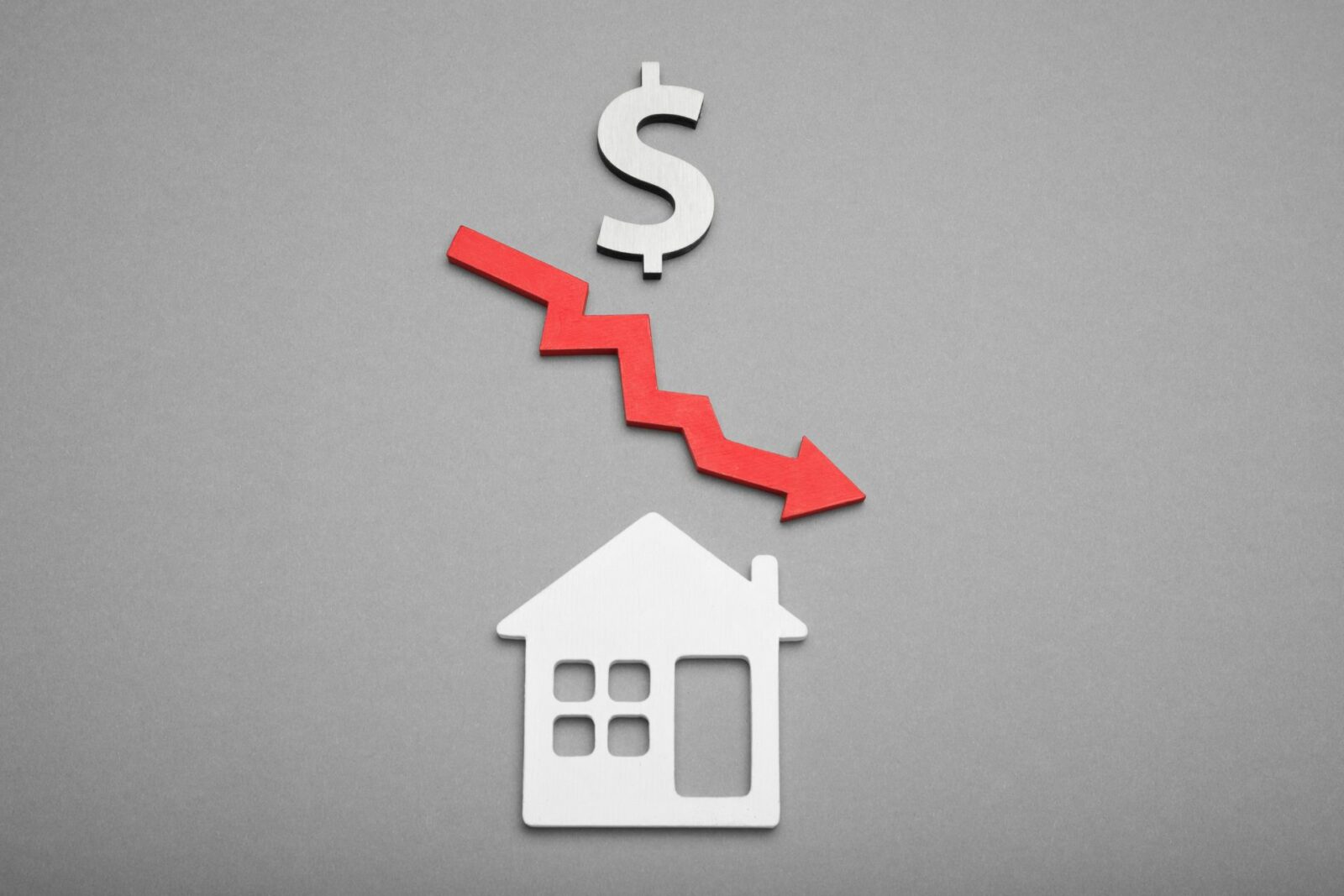Recent data from the U.S. Bureau of Labor Statistics has ignited discussions about the housing market’s future affordability. January’s inflation, while showing a slower acceleration than the previous month, surpassed economists’ expectations, raising questions about the Federal Reserve’s timeline for reducing borrowing costs.
The Consumer Price Index (CPI) recorded a 3.1 percent rise in January, slightly lower than December’s 3.4 percent but higher than the expected 2.9 percent. This unexpected inflationary uptick suggests that an immediate slashing of interest rates by the central bank may be postponed, with potential implications for the cost of home loans.
The increase in rates since March 2022 pushed mortgage borrowing costs to 8 percent, the highest level in decades. Despite recent declines to a mid-6 percent range, sustained inflation above the policymakers’ 2 percent target could impede further decreases, caution housing economists.
Danielle Hale, Chief Economist at realtor.com, remarked,
“For the housing market, today’s data means that mortgage rates are likely to hang on to the narrow range they’ve occupied since late December, while moving toward the upper end of that range.”
Initial expectations of the Federal Reserve reducing its funds rate as early as March are now under scrutiny. Policymakers, signaling a potential end to the hike cycle in January, have downplayed immediate rate cuts. Shelter costs, as in December, were the largest contributor to inflation, rising by 0.6 percent in January.
Post the January reading, experts are suggesting that a decline in rates may occur later in the year.

Lawrence Yun, Chief Economist at the National Association of Realtors, stated,
“The Federal Reserve will not cut interest rates in the first half of this year…Mortgage rates will be bouncy week-to-week but will most likely settle towards 6% by the year-end.”
Analysts believe the inflation reading aligns with the Fed’s cautious approach, waiting for a clear downward trend in prices before considering policy transitions.
Quincy Krosby, Chief Global Strategist for LPL Financial, noted,
“This report underscores the Fed’s messaging that they’ll need more information specifically inflation-related data before a policy transition…The ‘last mile’—as expected—is proving to be stickier and more stubborn.”
With elevated prices, analysts suggest the earliest the Fed may cut rates is in the summer, as more inflation data becomes available to provide a comprehensive picture of price trends.
Ryan Sweet, Chief U.S. Economist at Oxford Economics, stated,
“We did not believe a March cut was likely…Therefore, the January CPI does not warrant a change to our assumptions around monetary policy but lends some upside risk to the inflation forecast this quarter.”
As the Fed potentially considers rate cuts in late spring or summer, a consensus emerges that borrowing costs may begin to fall, potentially influencing mortgage costs and offering relief to prospective homebuyers.
Gregory Daco, Chief Economist at EY, remarked,
“Our longstanding view has been that the Fed would start cutting rates in May, but this report increases the odds of a June onset…We still expect a total of 100 [basis points] of rates cuts this year. Markets appear to slowly be aligning to this view.”
Related posts:
 Reduce Your Environmental Footprint: Simple Water Conservation Tips for Your Home
Reduce Your Environmental Footprint: Simple Water Conservation Tips for Your Home
 10 Precautions to Stay Safe During a Home Renovation
10 Precautions to Stay Safe During a Home Renovation
 Surge in US Housing: A Close Look at the November 2023 Boom
Surge in US Housing: A Close Look at the November 2023 Boom
 Increased Housing Confidence Brightens 2024, But Buying a Home Still Tough
Increased Housing Confidence Brightens 2024, But Buying a Home Still Tough
 Canada Bans Foreign Homeownership Until 2027 to Help People Afford Homes
Canada Bans Foreign Homeownership Until 2027 to Help People Afford Homes




